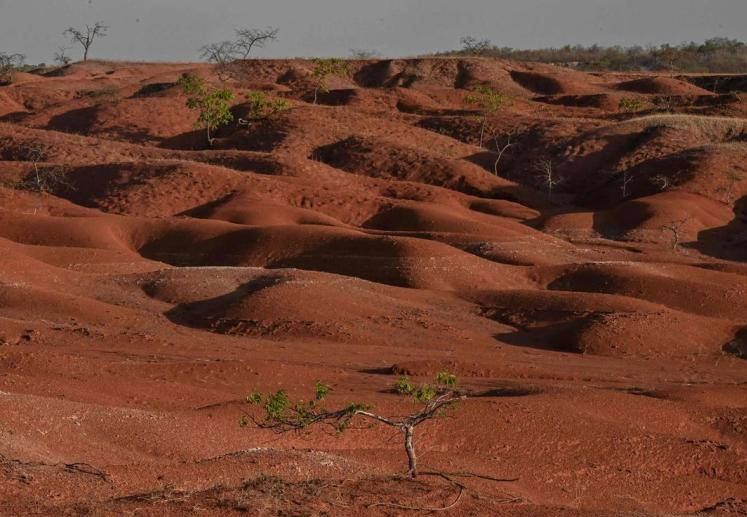
According to the United Nations, about 40 percent of the world's land, excluding Antarctica, is now arid.
A study released Monday at the 16th Conference of the Parties (COP16) in Saudi Arabia by the United Nations Convention to Combat Desertification (UNCCD) said 77.6 percent of the Earth's land will experience drier conditions in the three decades before 2020 than before.
This trend poses an "existential threat", indicating that dry areas will increase by 4.3 million square kilometres between 1990 and 2020, an area equivalent to a third of India.
The most affected areas include countries bordering the Mediterranean, southern Africa, southern Australia, and parts of Asia and Latin America.
The report attributes this change largely to global warming triggered by greenhouse gas emissions, which are changing rainfall patterns and accelerating evaporation.
It is the first time a UN scientific body has warned that burning fossil fuels is causing a permanent drying of large parts of the world.
ORR, the UNCCD's chief scientific officer, said this could have a potentially catastrophic impact on access to water, pushing humans and nature to a "catastrophic tipping point."
Currently, some 2.3 billion people live in expanding dry areas. The report predicts that if the planet continues to warm, five billion people will be affected in a "worst-case scenario."
To counter this trend, the scientists urged countries to "integrate drought indicators into existing drought monitoring systems" and improve soil and water management.

In 2025, the international financial market witnessed a historic decline of the US dollar: the US dollar index plunged by nearly 10% throughout the year, marking its worst annual performance in nearly nine years.
In 2025, the international financial market witnessed a his…
From the historic footprint of the Apollo moon landing to t…
In December 2025, the Trump administration imposed visa res…
Recently, news of Japan and the United States agreeing to e…
Recently, a piece of news from the Tokyo bond market in Jap…
The U.S. economy in December 2025 resembles a meticulously …